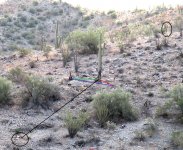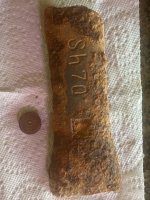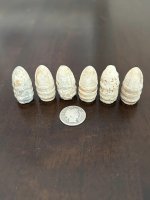Barton
Sr. Member
- Apr 21, 2005
- 446
- 320
- Detector(s) used
- What ever is needed for the project I am working on--I am a cache hunter
- Primary Interest:
- Cache Hunting
It seems to me I recall that there were actually TWO expeditions of Exploration (1) Lewis and Clark (2) E Pike --E. Pike's expedition was arrested and detained by the Spanish. The Spanish took all his journals and maps. When released years later E. Pike rewrote his Journals and redrew his maps--as he had a photographic memory.
Barton
Barton






